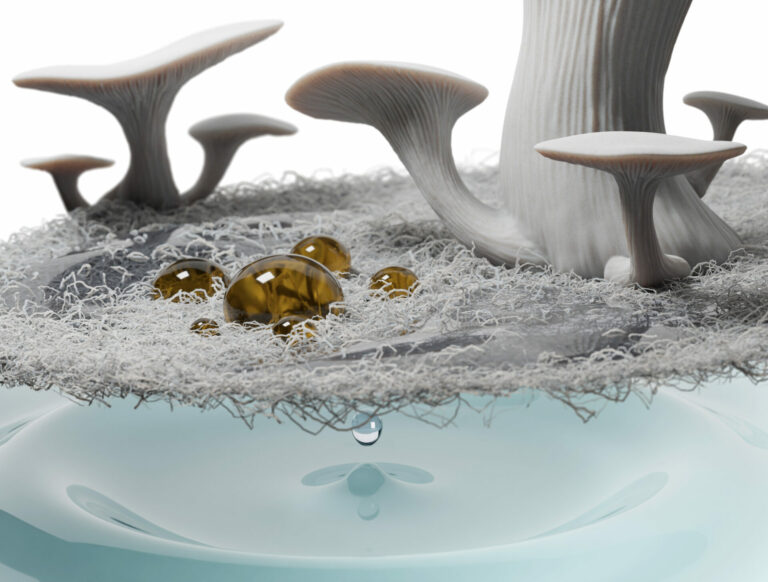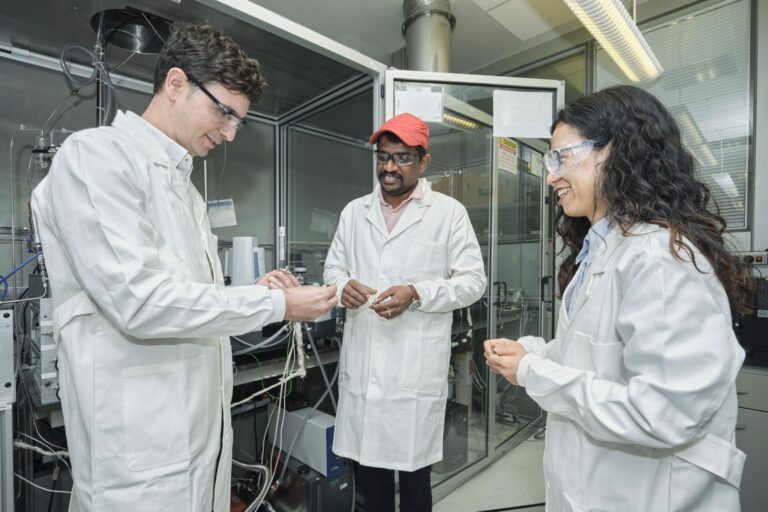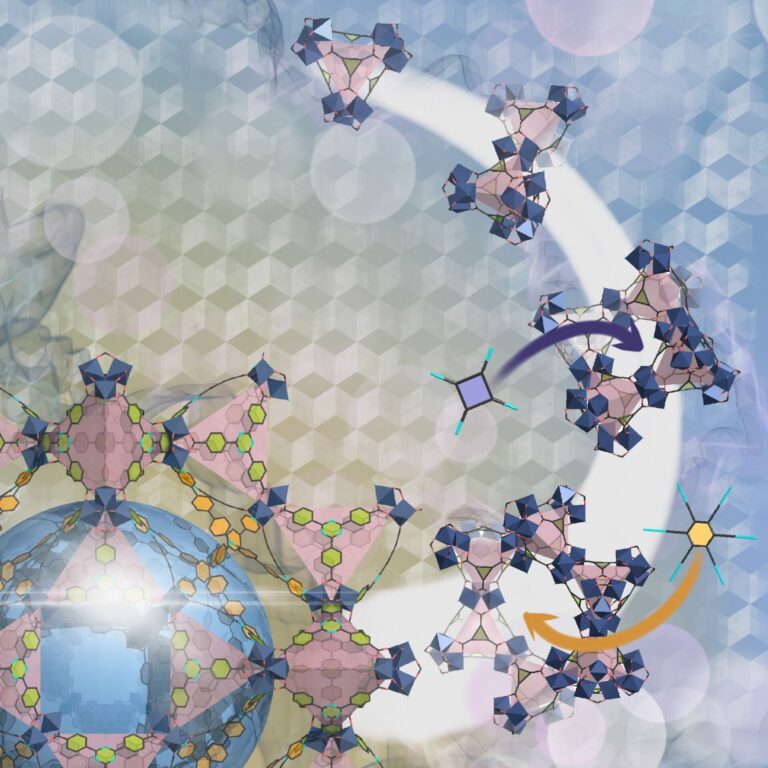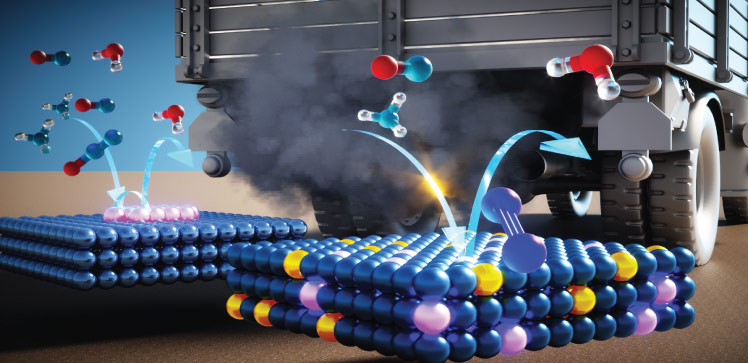Chemical Engineering
pH-responsive particles yield a terrific trap
Nanoparticles with pores that expand and shrink could prove valuable for biochemical research and drug delivery applications.


The solid, highly-porous spheres formed by the PS-b-PAA block copolymer could prove useful for protein analysis and purification as well as drug delivery
© Peinemann, KV et al./Nature Communications
Scientists have identified polymers that rearrange structurally in response to environmental changes. These are potentially valuable for biomedical applications, but reproducible strategies are needed to convert these polymers into responsive nanomaterials.
Through a series of fortuitous experiments, Klaus-Viktor Peinemann, professor of chemical engineering in KAUST’s Advanced Membranes and Porous Materials Center, and Suzana Nunes, professor of environmental science and engineering, and colleagues have identified a robust approach to produce pH-sensitive particles that efficiently trap and separate protein targets1.
Peinemann’s team was constructing membranes and fibers from ‘block copolymers’, molecules composed of multiple structural units with distinct chemical properties. Through their struggle to generate useful membranes from polystyrene-b-poly(acrylic acid), or PS-b-PAA, they learned that this block copolymer had other interesting characteristics.
Over several hours, Peinemann’s team observed that PS-b-PAA in solution would gradually self-assemble into sheets, ribbons and spherical forms. “It is well known that PS-b-PAA can form vesicles, which are tiny hollow particles,” says Peinemann. “So I was not surprised to see these structures, and probably would have stopped the experiment at this time.”
But, postdocs Haizhou Yu and Xiaoyan Qiu continued to watch and wait until their patience was rewarded as the polymeric structures unexpectedly formed solid orbs with highly ordered networks of pores spaced throughout (see image). “When we cut the particles, they were not hollow but instead had a well-ordered internal structure,” says Peinemann.
His group had previously established that PS-b-PAA can aggregate into structures featuring pores that shrink at neutral or basic pH but expand in acidic conditions, and discovered that these solid nanoparticles exhibited similar properties. Porous particles are routinely used to separate proteins of different sizes, and their PS-b-PAA particles exhibited a remarkable capacity for protein purification.
Under appropriate pH conditions, the researchers could quickly separate proteins that differ only slightly in size. Such a task would not be possible with other existing polymers, and Peinemann believes PS-b-PAA nanoparticles could be readily adapted for high-efficiency sorting applications.
Intriguingly, these particles could also absorb tremendous amounts of protein — up to 30 times their own weight — under the appropriate pH conditions. When these conditions were reversed, the particles steadily released their cargo over an extended period.
This property could prove valuable for the long-term delivery of therapeutic agents such as pharmaceutical drugs or nutrients, although Peinemann says further refinement and study will be needed. “We first have to test which drugs will be absorbed, and then we have to quantify their release behavior,” he says.
References
- Yu, H., Qiu, X., Nunes, S.P. & Peinemann, K.V. Biomimetic block copolymer particles with gated nanopores and ultrahigh protein sorption capacity Nature Communications 5, 4110 (2014). | article
You might also like

Chemical Engineering
Magical mushrooms turn membranes green

Chemical Engineering
A clear window into the real world of catalysis

Chemical Engineering
Ancient architecture inspires a window to the future

Chemical Engineering
Renewable route to rubber material

Chemical Engineering
AI screens to make transport fuels green

Chemical Engineering
Burning membranes for molecular sieving

Chemical Engineering
Smog clears on car exhaust catalyst design

Chemical Engineering



